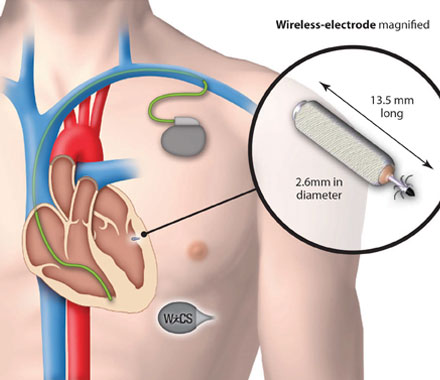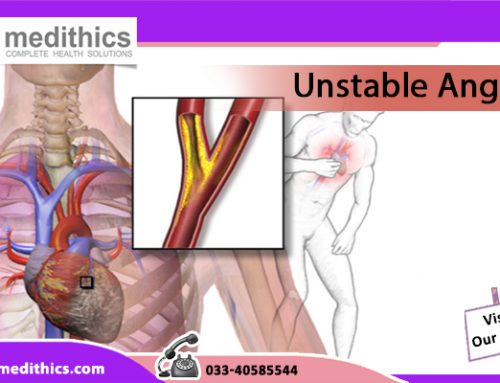In usual circumstances, if your heart is healthy it already has a pacemaker like mechanism that helps maintain its rhythm and pace. When that isn’t the case, your cardiologist might ask you to get a pacemaker installed in your chest. A pacemaker sends electrical signals to keep your heart’s rhythm normal. Apart from being used as a corrective procedure for arrhythmia, it can also be used for treatment of fainting spells (syncope), congestive heart failure, and hypertrophic cardiomyopathy.
Overview
A pacemaker is a two part device, the leads being one part and the pulse generator being another. While the former means wires that are implanted into the heart muscle through veins, the latter holds battery and a small computer that is pushed inside the chest. The leads help carry impulses from the pulse generator and monitor the heart’s activity at the same time. The impulses cause the heart to contract.
There are three types of pacemakers:
- Single chamber pacemakers are the ones that use one lead. Placing it in the atria or ventricles of the right side of your heart.
- Dual chamber pacemakers use two leads: one in the right atrium and one in the right ventricle.
- Biventricular pacemakers use one lead more than dual’chambers. In this types one lead is put in the right atrium, another in the right ventricle, and another in the left ventricle.
Before the treatment
Wear comfortable clothes when you reach to get admitted at the hospital. You will be asked to change into the hospital gown once you are taken in. Your doctor might ask you to stop taking any medicines you might have been taking 1 to 5 days before the process takes place. You might be asked to not eat anything past the midnight before the procedure.
How is it performed
There are two ways of performing a pacemaker procedure. Your heart specialist will decide which one is best suited for you.
Endocardial process is the most commonly used pacemaker procedure. During this procedure, an intravenous line will be pushed through your veins. This is usually done one your arm or hand. This helps push medicines and fluids into your body. A medicine pushed through your veins will make you drowsy. The doctors will monitor your heart rhythm and blood pressure throughout.
Before the procedure the right side of your chest will be shaved and cleaned with antiseptics. You will be covered in sterile drapes from neck to toe. Then after numbing a part of your skin, the doctor will make an incision to make space for the pacemaker to go into your chest. Then they will push the leads inside while constantly monitoring their movement. The leads will transfer electrical energy which will make your heart contract. Your heart during this process might start beating faster. Make sure you inform the cardiologist if you sense any abnormality. The wires are then connected to the pacemaker, and the settings of the device are then checked using a programmer.
An Epicardial process on the other hand is used more on children. During the process the patient will be under the influence of general anaesthesia. A lead is attached to the top of heart muscle and other end, which is connected to the pulse generator, is then placed in the abdomen in a place created. The recovery time with this process is usually longer than in the endocardial approach.
Recovery
You might be kept in the hospital overnight under observation. You will be explained various ways in which you can care for your wound better. You will be given a temporary ID that will list your pacemaker kind, date and the name of the doctor. After a few months, you will get a permanent ID from the pacemaker makers which will help you get correct medical attention in the future.
As precautionary measures go, you might be asked not to lift heavy things and not to swim and play various physically straining sports for at least 6 months after the procedure. You might be able to return to work within a week depending on your doctor’s advice.






Leave A Comment
You must be logged in to post a comment.